

Articles
How To Store Store-Bought Bread
Modified: January 5, 2024
Learn the best ways to store store-bought bread to keep it fresh and delicious for longer with these helpful articles.
(Many of the links in this article redirect to a specific reviewed product. Your purchase of these products through affiliate links helps to generate commission for Storables.com, at no extra cost. Learn more)
Introduction
Storing store-bought bread properly is essential for preserving its freshness, flavor, and texture. The way you store bread can greatly impact its shelf life, preventing it from becoming stale or moldy too quickly. Whether you enjoy toast in the morning, make sandwiches for lunch, or use bread as a staple ingredient in your recipes, knowing how to store store-bought bread will ensure that you always have a fresh supply on hand.
Buying bread from a store offers convenience and variety, but it also means that the bread usually contains preservatives to extend its shelf life. However, these preservatives are not foolproof, and improper storage can still lead to deterioration in quality. Factors such as temperature, humidity, and exposure to air can all affect the condition of your bread.
In this article, we will explore the importance of proper bread storage, discuss the factors that can affect bread storage, and provide you with best practices to ensure your store-bought bread stays fresh for longer. We will also cover specific storage methods for different types of bread and give you tips on how to identify if your bread has gone bad.
So, whether you prefer crusty baguettes, fluffy sandwich bread, or hearty whole wheat loaves, read on to discover the secrets of proper bread storage!
Key Takeaways:
- Properly storing store-bought bread is crucial for maintaining freshness, flavor, and texture. Factors like temperature, humidity, and packaging play a key role in preserving bread quality.
- Different types of bread require specific storage methods to maintain their unique flavors and textures. Understanding the signs of spoiled bread is essential for safe consumption.
Read more: Who Bought Hitachi Power Tools
Importance of Storing Store-Bought Bread
Properly storing store-bought bread is crucial for maintaining its freshness and quality. Here are a few reasons why it is important to store your bread correctly:
- Freshness: Storing bread properly helps to retain its freshness for a longer period. Fresh bread has a soft texture, enticing aroma, and delicious taste, making it a delightful addition to any meal. By keeping your bread fresh, you can enjoy a better eating experience every time.
- Preservation of Flavor: Bread contains various flavors and ingredients that contribute to its taste. When exposed to air and moisture, bread can quickly lose its flavor, becoming bland and unappetizing. Proper storage methods help to preserve the flavors of your store-bought bread, ensuring every bite is as delectable as the first.
- Texture Retention: Storing bread correctly helps to maintain its desired texture. Improper storage can result in bread becoming dry, stale, or even moldy, making it unenjoyable to eat. By following the right storage techniques, you can extend the shelf life of your bread while retaining its softness and freshness.
- Saving Money: When you store your store-bought bread properly, you can minimize waste and save money. With the right knowledge on storage methods and shelf life, you can avoid discarding bread that has gone bad prematurely. This ensures that each loaf is consumed fully before it expires, reducing unnecessary expenses.
- Convenience: Properly stored bread allows you to have a constant supply on hand, making meal planning and preparation more convenient. Whether you need bread for breakfast, lunch, or dinner, having fresh bread readily available saves you from last-minute trips to the store or settling for less-than-ideal alternatives.
By understanding the importance of storing your store-bought bread properly, you can enjoy the full flavor, texture, and freshness of your bread for an extended period, while also reducing waste and unnecessary expenses. The next section will explore the factors that can affect bread storage so that you can make informed decisions on how to best store your bread.
Factors Affecting Bread Storage
Several factors can influence the storage of store-bought bread. Understanding these factors will help you determine the best way to store your bread for optimal freshness. Here are the key factors that can affect bread storage:
- Temperature: The temperature at which you store your bread greatly impacts its shelf life. Bread is best stored in a cool and dry environment. High temperatures can accelerate the staling process, leading to dry and hard bread. On the other hand, storing bread in extremely cold temperatures can cause it to lose moisture and become stale more quickly.
- Humidity: The level of humidity in the storage area can affect how long the bread remains fresh. Excess moisture can lead to mold growth on the bread, making it inedible. Conversely, low humidity levels can cause the bread to dry out and become stale.
- Air Exposure: Bread should be protected from excessive exposure to air. Oxygen can cause the bread to become stale at a faster rate. It is important to store bread in airtight containers or bags to minimize air contact and preserve its freshness.
- Proper Packaging: The packaging of store-bought bread plays a significant role in preserving its quality. Most store-bought bread comes in plastic bags, which are designed to keep the bread fresh for a certain period. Once opened, it is important to reseal the bag or transfer the bread to appropriate storage containers to maintain its freshness.
- Bread Type: Different types of bread require different storage methods due to variations in ingredients, moisture content, and structure. For example, crusty bread like baguettes should be stored differently compared to soft sandwich bread. Understanding the specific requirements of each bread type will help you store them more effectively.
- Duration of Storage: The length of time you plan to store your bread will also determine the most suitable storage method. If you intend to consume the bread within a day or two, room temperature storage may be sufficient. However, if you want to extend the bread’s shelf life for a longer period, refrigeration or freezing may be necessary.
Considering these factors when storing your store-bought bread will help you maintain its quality, freshness, and flavor for as long as possible. In the next section, we will explore the best practices for storing store-bought bread, providing you with practical tips to ensure your bread stays fresh and delicious.
Best Practices for Storing Store-Bought Bread
To ensure that your store-bought bread remains fresh and tasty, it is important to follow these best practices for storage:
- Check Expiry Date: Before purchasing bread, always check the expiry date to ensure that you are buying the freshest loaf possible.
- Store Immediately: Once you bring the bread home, store it in an appropriate manner as soon as possible. Leaving bread exposed to air or heat can accelerate the staling process.
- Avoid Direct Sunlight: Store your bread away from direct sunlight, as exposure to sunlight can accelerate the staling process and cause the bread to spoil more quickly.
- Airtight Containers or Bags: To minimize air exposure and retain moisture, store your bread in airtight containers or bags. This helps to preserve its freshness and prevents it from becoming dry or stale too quickly.
- Room Temperature Storage: If you plan to consume the bread within a day or two, storing it at room temperature is acceptable. However, make sure the storage area is cool, dry, and away from any sources of heat.
- Refrigerator Storage: If you think you won’t be able to finish the bread within a couple of days, storing it in the refrigerator can extend its freshness. Place the bread in a resealable bag to maintain its moisture and prevent it from absorbing other food odors.
- Freezer Storage: Freezing bread is an excellent way to prolong its shelf life. Prior to freezing, slice the bread and wrap individual slices or the whole loaf tightly in plastic wrap or aluminum foil. Place the wrapped bread in a freezer bag to prevent freezer burn. When needed, thaw the bread slices or the entire loaf at room temperature or in a toaster.
- Proper Handling: When handling store-bought bread, use clean utensils or clean hands to avoid introducing contaminants. This helps to prevent mold growth and maintain the quality of the bread.
- Separate Different Bread Types: If you store different types of bread together, the flavors and textures may intermingle. To avoid this, store different bread types separately or use separate storage containers for each type.
- Regularly Check for Freshness: Periodically check the stored bread for any signs of spoilage or staleness. Discard any bread that appears moldy, has an off smell, or has a noticeable change in texture.
By following these best practices, you can maximize the shelf life of your store-bought bread and enjoy fresh, delicious slices every time. In the next sections, we will delve into specific storage options for different temperatures, as well as provide tips for storing various types of bread.
Option 1: Room Temperature Storage
Room temperature storage is suitable for store-bought bread that will be consumed within a day or two. Follow these steps to properly store your bread at room temperature:
- Choose the Right Storage Container: Use a bread box, bread bin, or airtight container to store your bread. These containers help to keep the bread protected from moisture and air exposure.
- Keep the Storage Area Cool: Make sure the area where you store your bread is cool and dry. Avoid placing it near heat sources such as stovetops, toasters, or direct sunlight, as this can accelerate the staling process.
- Place the Bread in the Container: Once you have chosen your storage container, place the store-bought bread inside. If the bread came in a plastic bag, you can keep it in the bag or transfer it to the container. Ensure that the container is sealed tightly to minimize air exposure.
- Check the Bread Regularly: Periodically check the bread for any signs of spoilage, such as mold growth or an off smell. If you notice any signs of spoilage, discard the bread immediately.
Room temperature storage is suitable for bread that you plan to consume quickly. However, keep in mind that the shelf life of bread stored at room temperature is shorter compared to other storage methods.
If you have leftover bread or want to extend the shelf life of store-bought bread beyond a couple of days, it is recommended to consider refrigeration or freezing, which we will explore in the next sections.
Store store-bought bread at room temperature in a bread box or a paper bag to maintain freshness. Avoid storing in the fridge, as it can make the bread go stale faster.
Read more: How To Store Bread Machine Bread
Option 2: Refrigerator Storage
Refrigerator storage is an effective method for extending the freshness of store-bought bread. Follow these steps to properly store your bread in the refrigerator:
- Package the Bread Properly: Place the store-bought bread in a resealable plastic bag, ensuring that the bag is sealed tightly. This helps to retain moisture and prevent the bread from drying out.
- Select the Right Shelf: Choose a dedicated shelf in your refrigerator for storing bread. It is best to store bread on a higher shelf, away from raw meats or other foods with strong odors.
- Keep Bread Away from Moisture: Avoid storing bread near items that produce excess moisture, such as open containers of fruits or vegetables. Excess moisture can lead to the growth of mold on the bread.
- Regularly Check for Freshness: Periodically check the bread for any signs of spoilage such as mold growth, an off smell, or a change in texture. If you notice any of these signs, discard the bread to prevent contamination.
- Use within a Reasonable Timeframe: Bread stored in the refrigerator will have a longer shelf life compared to room temperature storage, but it will eventually become stale. It is recommended to consume refrigerated bread within a week or follow the expiration date provided by the manufacturer.
Refrigerator storage is ideal for bread that will not be consumed within a day or two. It helps to maintain the freshness and texture of store-bought bread for an extended period, allowing you to enjoy it over several days.
Next, we will explore an option for long-term bread storage: freezing.
Option 3: Freezer Storage
Freezer storage is the most effective method for prolonging the shelf life of store-bought bread. Follow these steps to properly store bread in the freezer:
- Slice the Bread: If you have purchased a whole loaf, it is advisable to slice the bread before freezing. This allows for easier thawing and portioning.
- Wrap the Bread: Wrap individual slices or the whole loaf tightly in plastic wrap or aluminum foil. Ensure that there are no exposed areas to minimize the risk of freezer burn.
- Place in a Freezer Bag: Place the wrapped bread in a freezer bag or airtight container to provide extra protection against freezer burn and to keep the bread fresh.
- Label and Date: Remember to label the freezer bag or container with the date of freezing. This will help you keep track of the bread’s storage time and ensure that you use it within a reasonable timeframe.
- Store in the Freezer: Place the freezer bag or container in the freezer, preferably in a location where it won’t be easily disturbed or crushed.
- Thawing and Reheating: When you want to consume the frozen bread, remove individual slices or the whole loaf from the freezer. Thaw the bread at room temperature or use a toaster or toaster oven to bring back its desired texture.
- Consume Promptly: Once the bread is thawed, it is recommended to consume it within a few days for the best flavor and texture.
Freezer storage allows you to extend the shelf life of store-bought bread for several months. It is a convenient option for those who prefer to buy bread in bulk or want to have a long-lasting supply on hand. Just make sure to properly label and date your frozen bread to keep track of its freshness.
Whether you choose room temperature storage, refrigerator storage, or freezer storage, following these best practices will help you maintain the freshness and quality of your store-bought bread. In the next section, we will provide you with tips on properly storing different types of bread to ensure their optimum condition.
Tips for Properly Storing Different Types of Bread
Different types of bread require specific storage methods to maintain their freshness and texture. Here are some tips for properly storing different types of store-bought bread:
- Sandwich Bread: Soft sandwich bread is best stored in a plastic bag or airtight container at room temperature. Avoid refrigerating sandwich bread, as it can become dry and lose its softness.
- Crusty Bread: Crusty breads like baguettes or artisan loaves are best stored in a paper bag to maintain their texture. If a paper bag is not available, place the crusty bread in a cloth bag or wrap it in a clean kitchen towel, then store it at room temperature. Avoid plastic bags, as they can make the crust soft and chewy.
- Whole Wheat Bread: Whole wheat bread is best stored in an airtight container or resealable bag in the refrigerator to preserve its moisture and prevent it from becoming dry.
- Sweet Bread: Sweet breads like banana bread or brioche should be tightly wrapped in plastic wrap or aluminum foil to keep them moist. Store them in an airtight container in the refrigerator or freezer to maintain their freshness.
- Gluten-Free Bread: Gluten-free bread tends to dry out more quickly than regular bread. To keep it fresh, store it in an airtight container in the refrigerator or freezer, following the same guidelines as regular bread.
- Rye or Sourdough Bread: Rye bread and sourdough bread can be stored either at room temperature or in the refrigerator, depending on your preference. If you prefer a softer texture, store them in a plastic bag or airtight container at room temperature. If you prefer a firmer texture, store them in the refrigerator.
When storing different types of bread, it is important to consider their specific characteristics and follow the recommended storage method. This will help maintain their unique flavors, textures, and freshness for a longer period.
Always remember to pay attention to the expiration date or recommended storage duration provided by the manufacturer. Properly storing store-bought bread will ensure that it remains enjoyable to eat and reduces unnecessary waste.
In the next section, we will highlight the signs of spoiled bread to help you identify if your bread has gone bad.
Signs of Spoiled Bread
It is crucial to be able to recognize the signs of spoiled bread to prevent consuming bread that has gone bad. Here are some common signs to look out for:
- Mold Growth: The presence of mold is a clear indication that the bread has spoiled. Mold can appear as fuzzy spots or patches of different colors, including blue, green, or white. If you notice any mold on the bread, it should be discarded immediately.
- Off Smell: When bread starts to spoil, it can develop an unpleasant or sour odor. If the bread emits an off smell, it is a sign that the bread has gone bad and should not be consumed.
- Unusual Texture: As bread becomes stale or spoiled, its texture can change. Look for any signs of excessive dryness, hardness, or a mushy consistency. If the texture is significantly different from when you first bought or stored the bread, it is best to discard it.
- Taste: If you notice any abnormal or unpleasant taste when consuming the bread, it may be an indication that it has gone bad. Trust your taste buds and refrain from eating bread that tastes off or has an unusual flavor.
- Visible Signs of Decay: Inspect the bread for any visible signs of decay, such as visible spots of decay, discoloration, or signs of pest infestation. These indicate that the bread has exceeded its shelf life and should not be consumed.
It is important to note that some bread may develop a hard crust over time, especially if stored at room temperature. This does not necessarily mean that the bread has gone bad. However, if the interior of the bread also exhibits any of the signs mentioned above, it is best to discard it.
By being aware of these signs, you can easily determine whether your store-bought bread is still fresh and safe to consume. It is always better to err on the side of caution and discard bread that shows any signs of spoilage.
Now that you are equipped with the knowledge of proper bread storage, it’s time to put it into practice and enjoy freshly baked slices whenever you crave them.
Remember to always refer to the specific instructions provided by the bread manufacturer for storing their products.
Happy bread storage and enjoy your fresh and delicious bread!
Read more: How To Store Baguette Bread
Conclusion
Properly storing store-bought bread is essential for preserving its freshness, flavor, and texture. By following the best practices outlined in this article, you can extend the shelf life of your bread and ensure that every slice remains delicious and enjoyable.
Understanding the factors that can affect bread storage, such as temperature, humidity, air exposure, and packaging, allows you to make informed decisions on how to store your bread effectively. Room temperature storage works well for bread that will be consumed within a day or two, while refrigeration and freezer storage are ideal for longer-term preservation.
Remember to consider the type of bread you have and follow the specific storage recommendations for each bread variety. Sandwich bread, crusty bread, whole wheat bread, sweet bread, and gluten-free bread all have unique storage needs to maintain their quality.
Signs of spoiled bread, such as mold growth, off smells, unusual textures, and taste abnormalities, should be closely monitored to avoid consuming bread that has gone bad. Regularly checking for freshness and keeping track of expiration dates is crucial.
Proper bread storage not only ensures that you have fresh and delicious bread on hand whenever you need it, but it also helps to minimize waste and save money. Whether you choose to store your bread at room temperature, in the refrigerator, or in the freezer, it is important to follow the recommended guidelines to maintain its quality.
So, the next time you bring home a loaf of store-bought bread, remember the tips and techniques outlined in this article to store it properly and savor its goodness for as long as possible. With careful storage practices, you can enjoy fresh, flavorful, and delightful slices of bread whenever the craving strikes.
As a reminder, always refer to the specific instructions provided by the bread manufacturer for best storage practices for their products.
Happy bread storage, and may every bite be a delicious one!
Frequently Asked Questions about How To Store Store-Bought Bread
Was this page helpful?
At Storables.com, we guarantee accurate and reliable information. Our content, validated by Expert Board Contributors, is crafted following stringent Editorial Policies. We're committed to providing you with well-researched, expert-backed insights for all your informational needs.
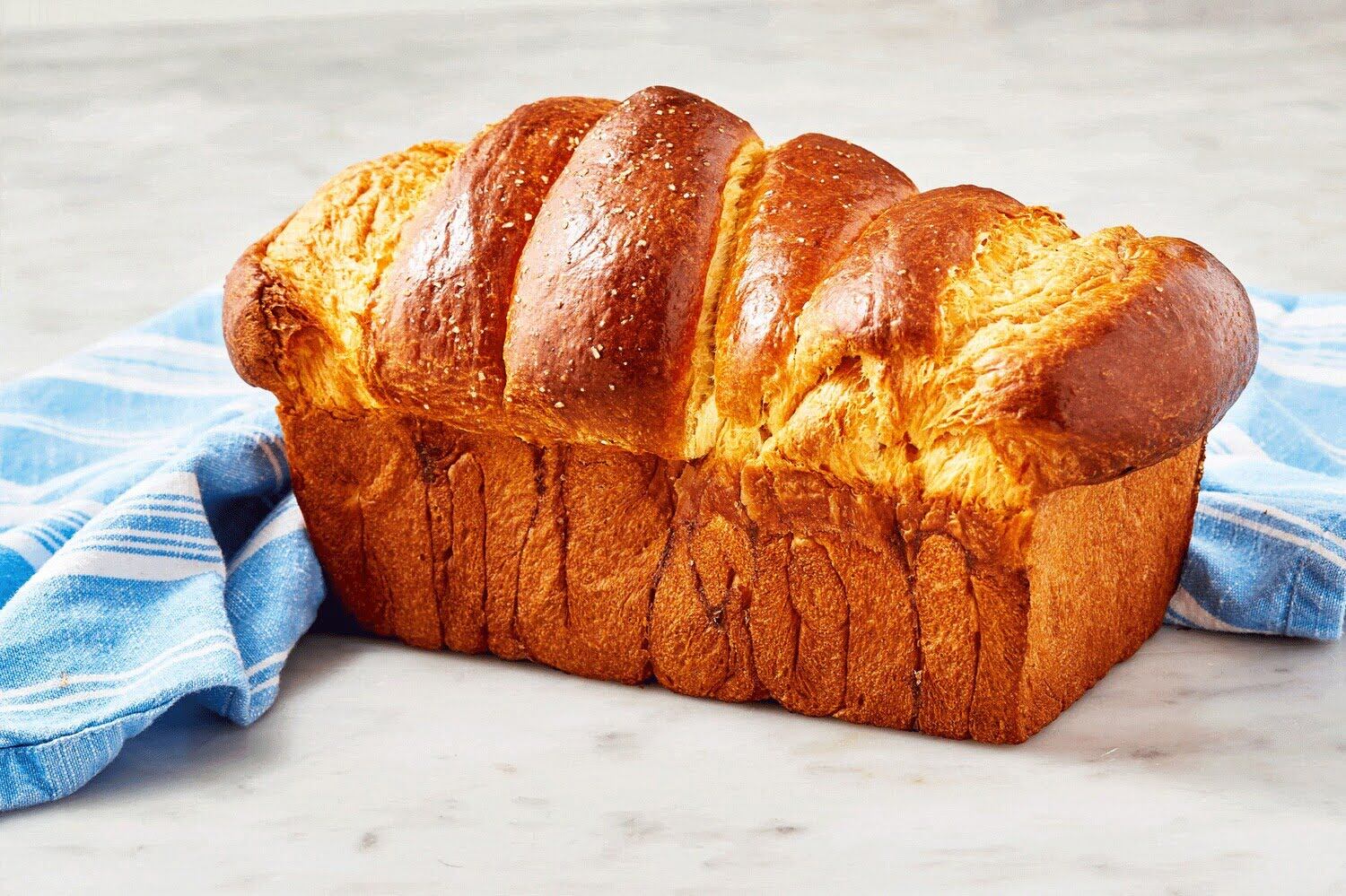
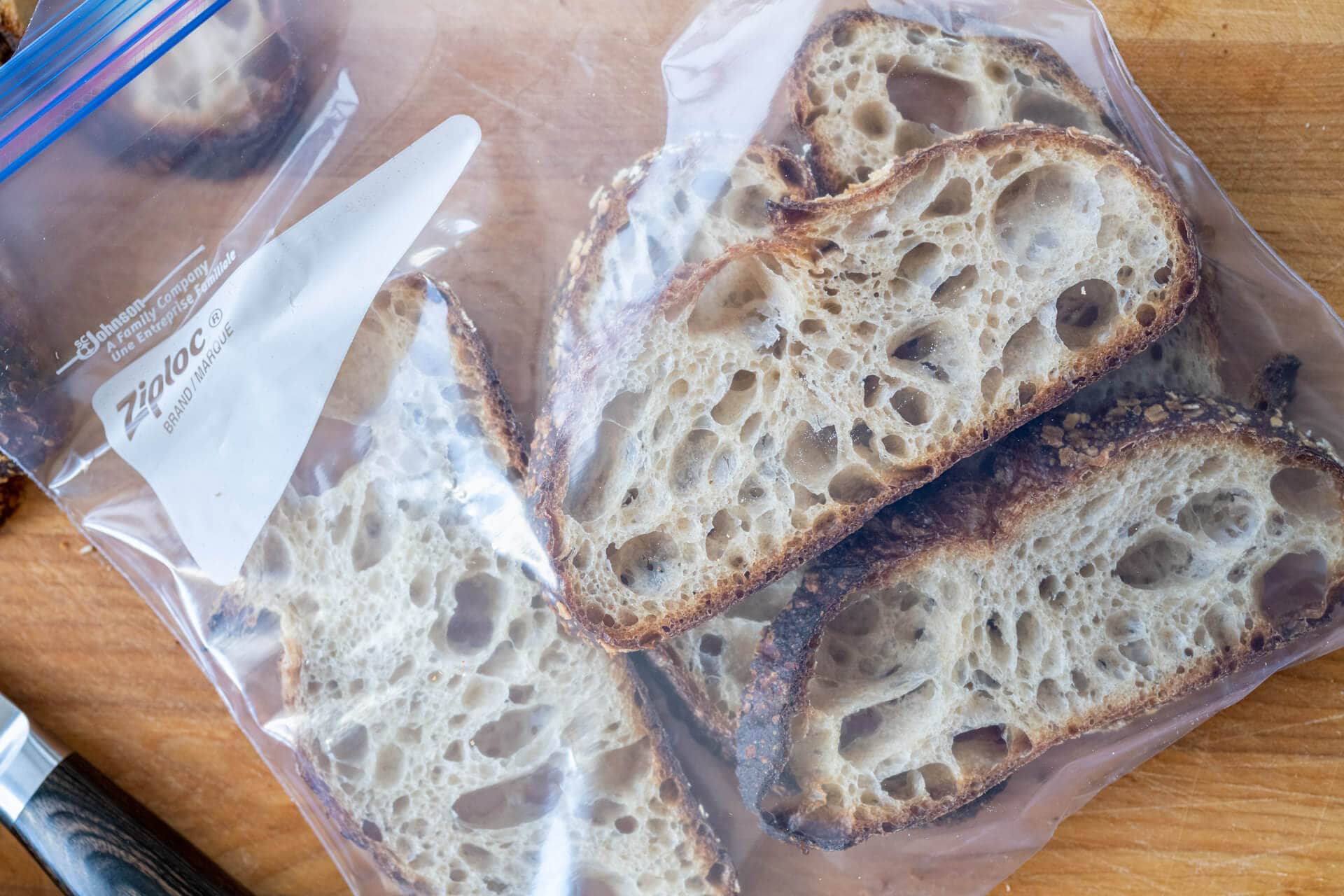

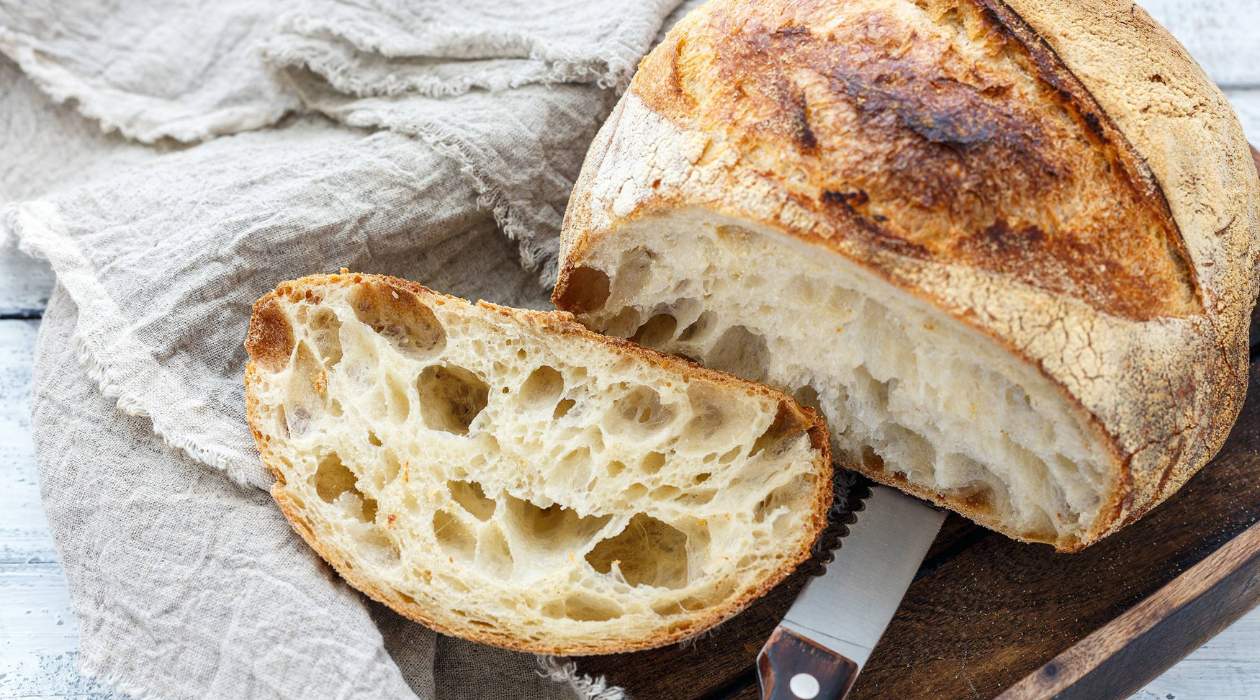
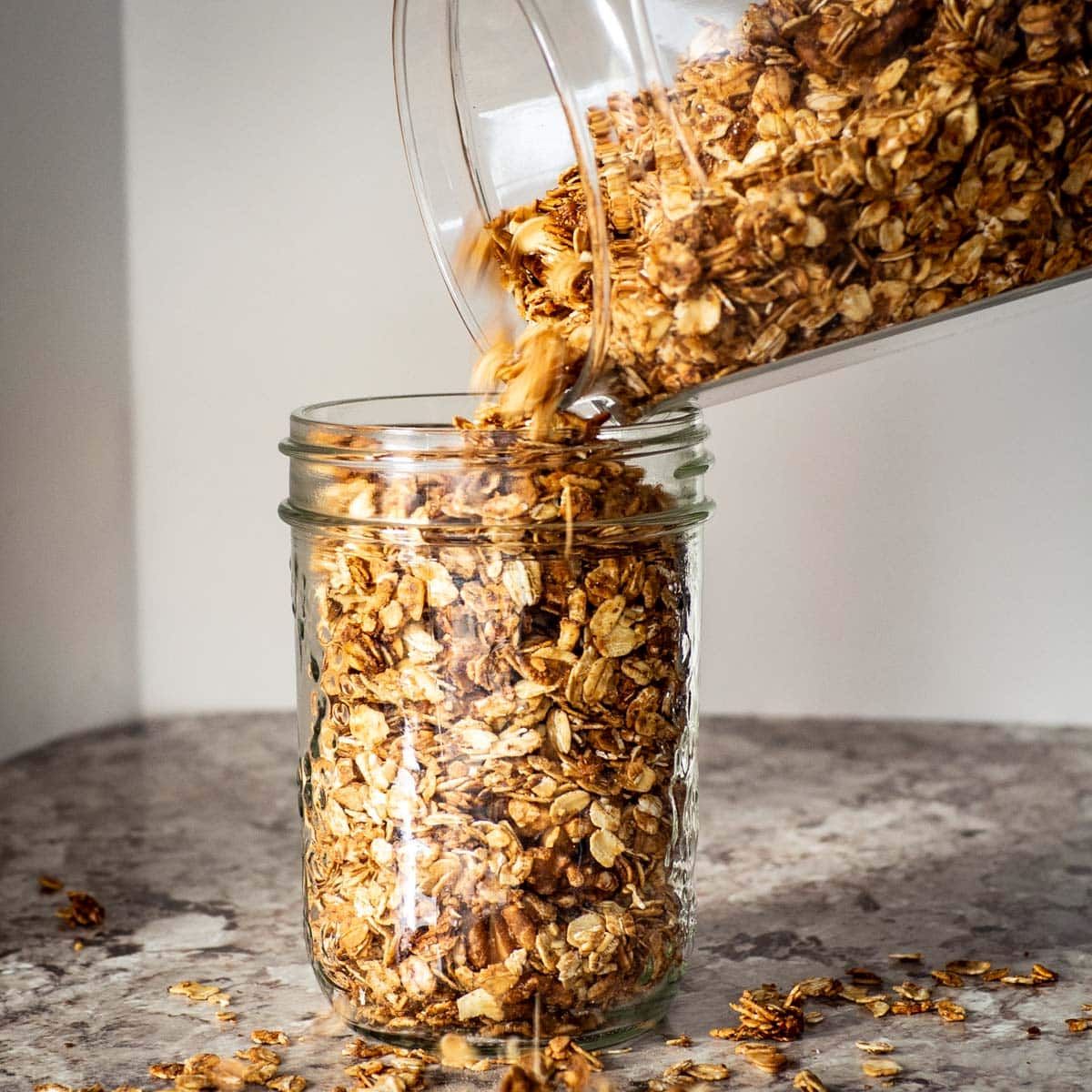
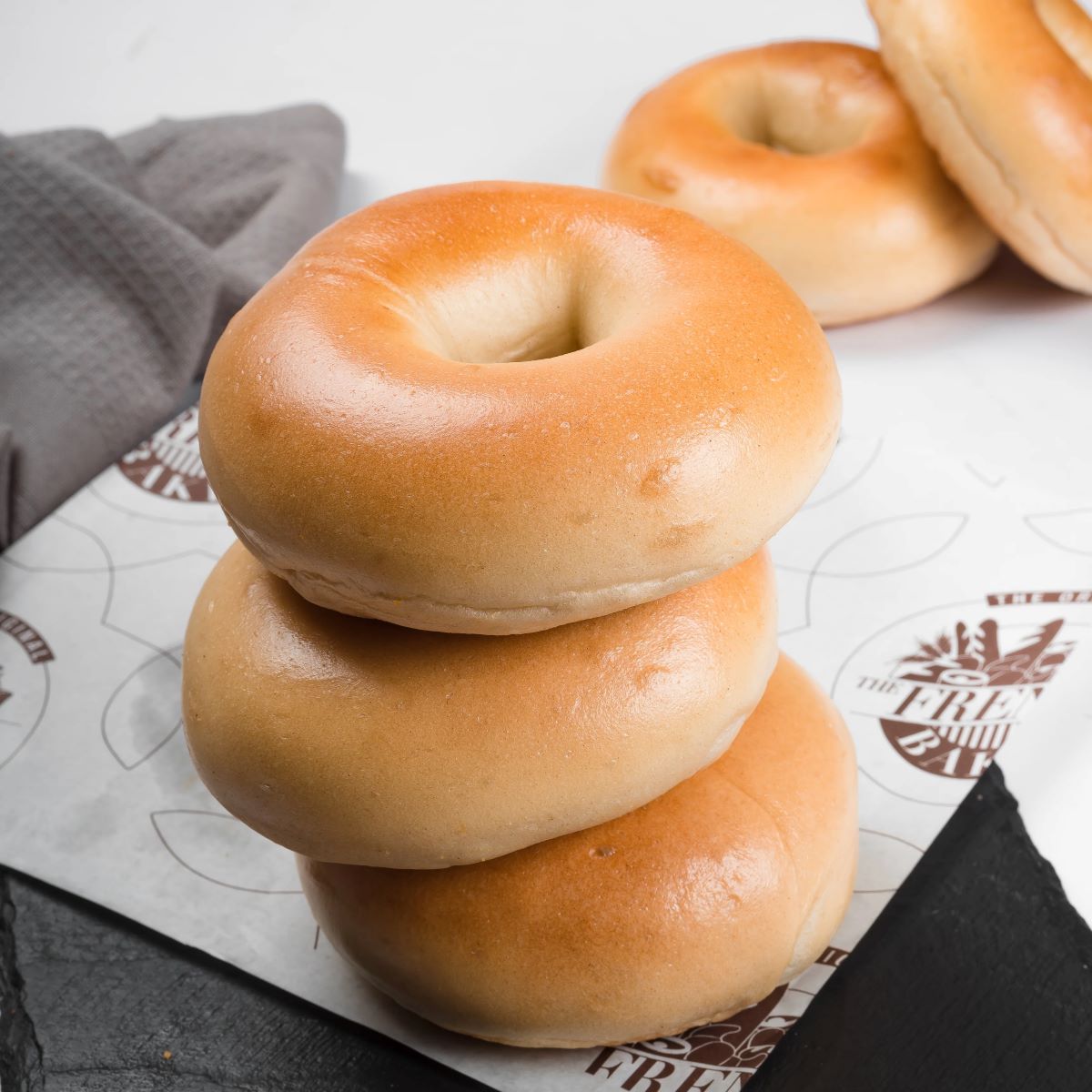
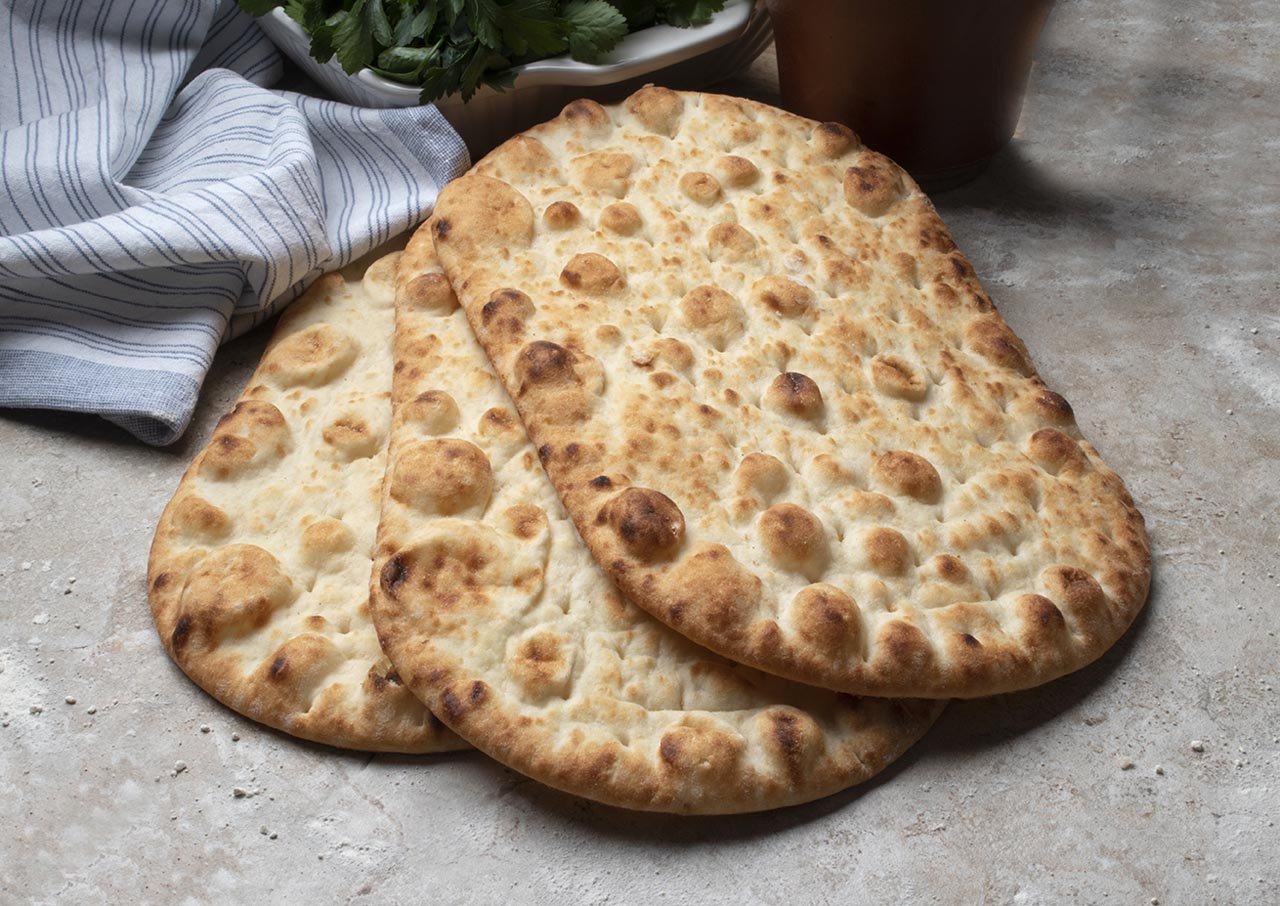
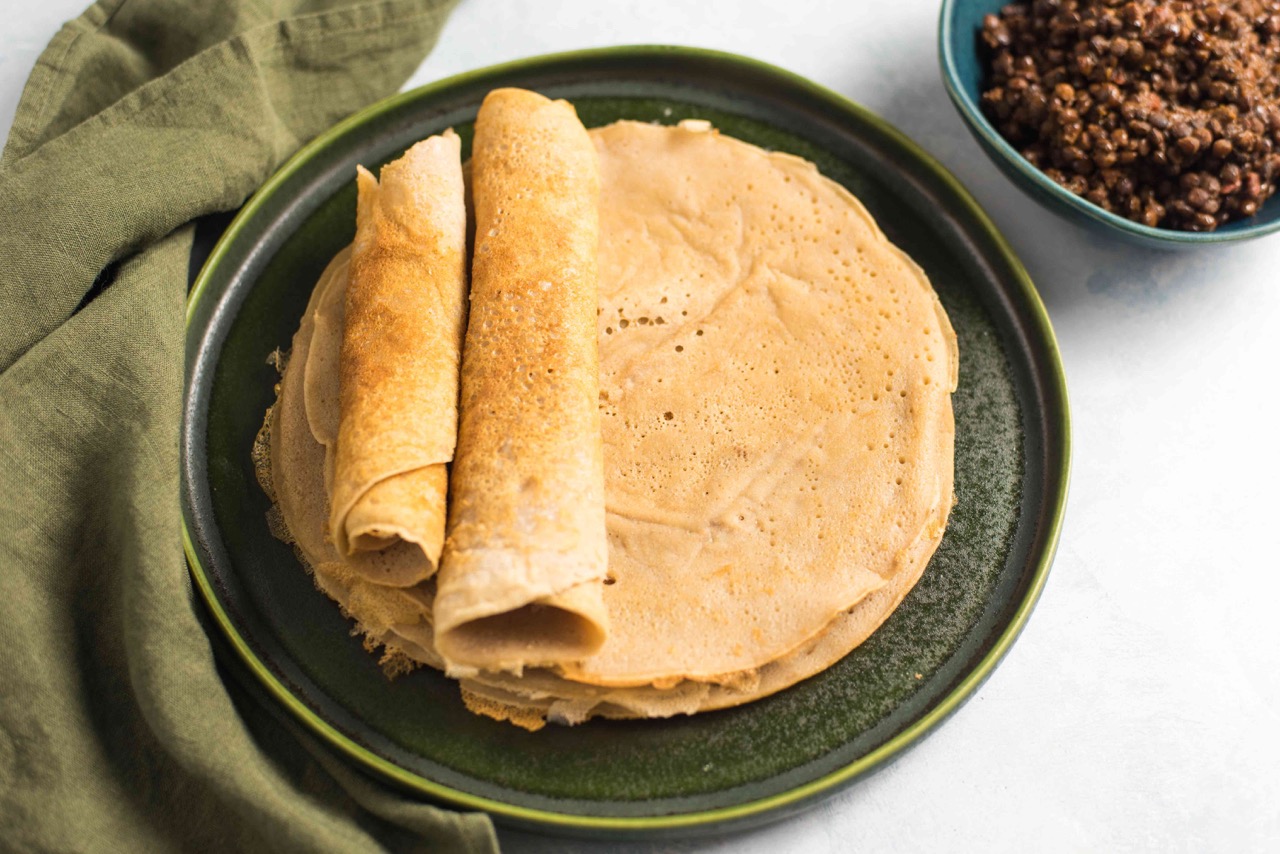
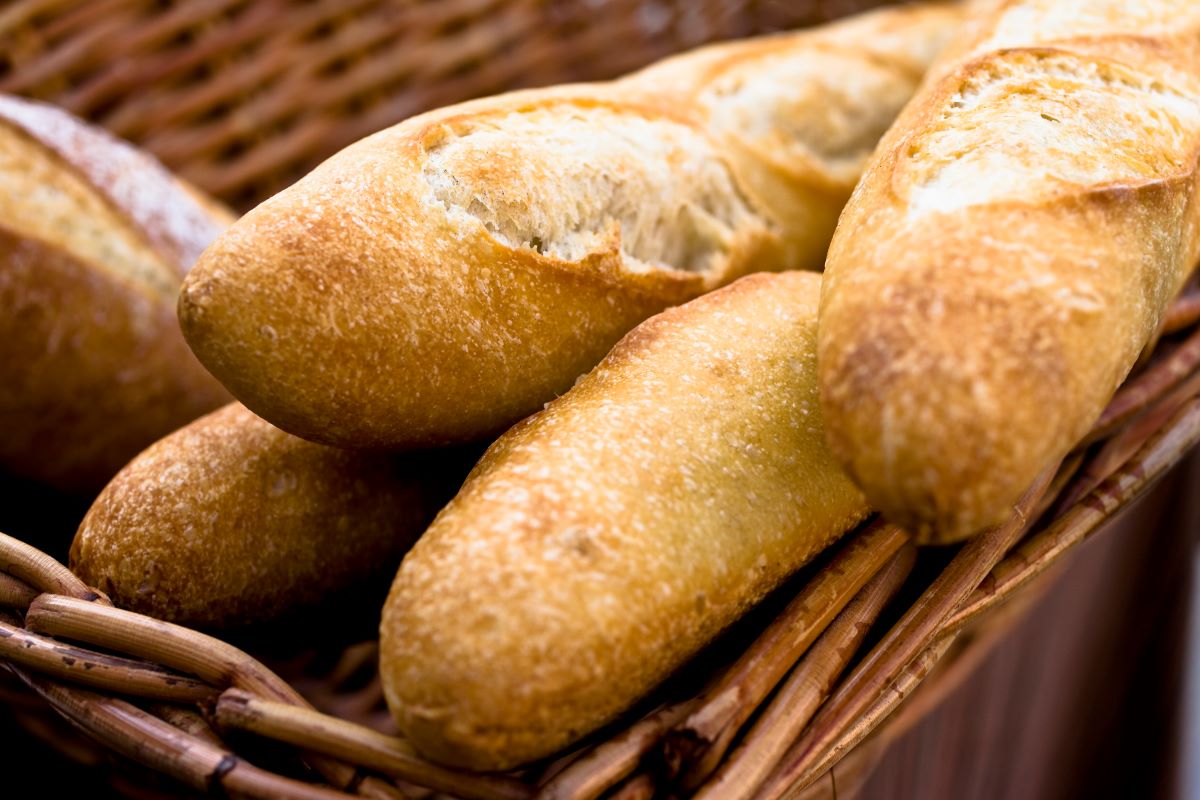
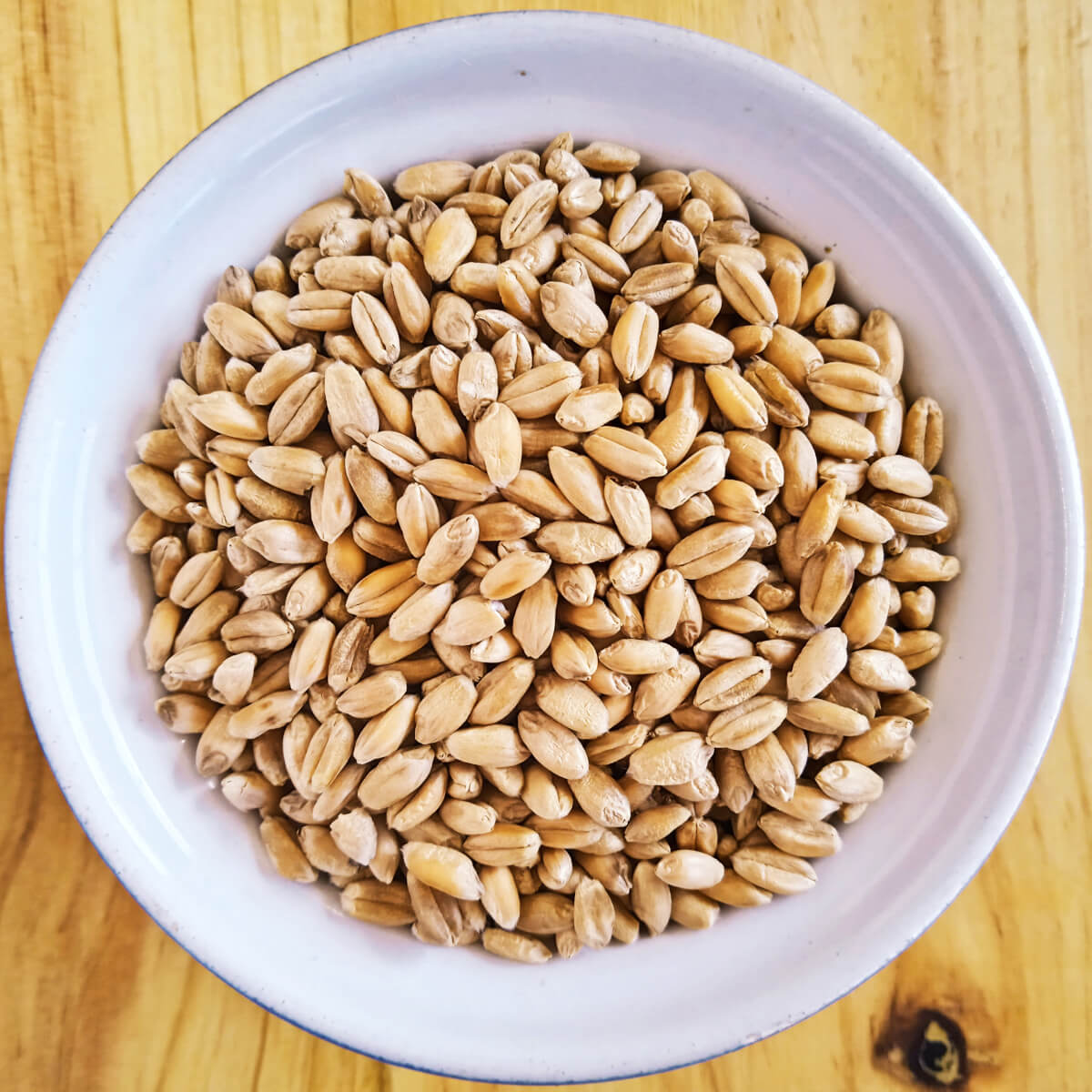
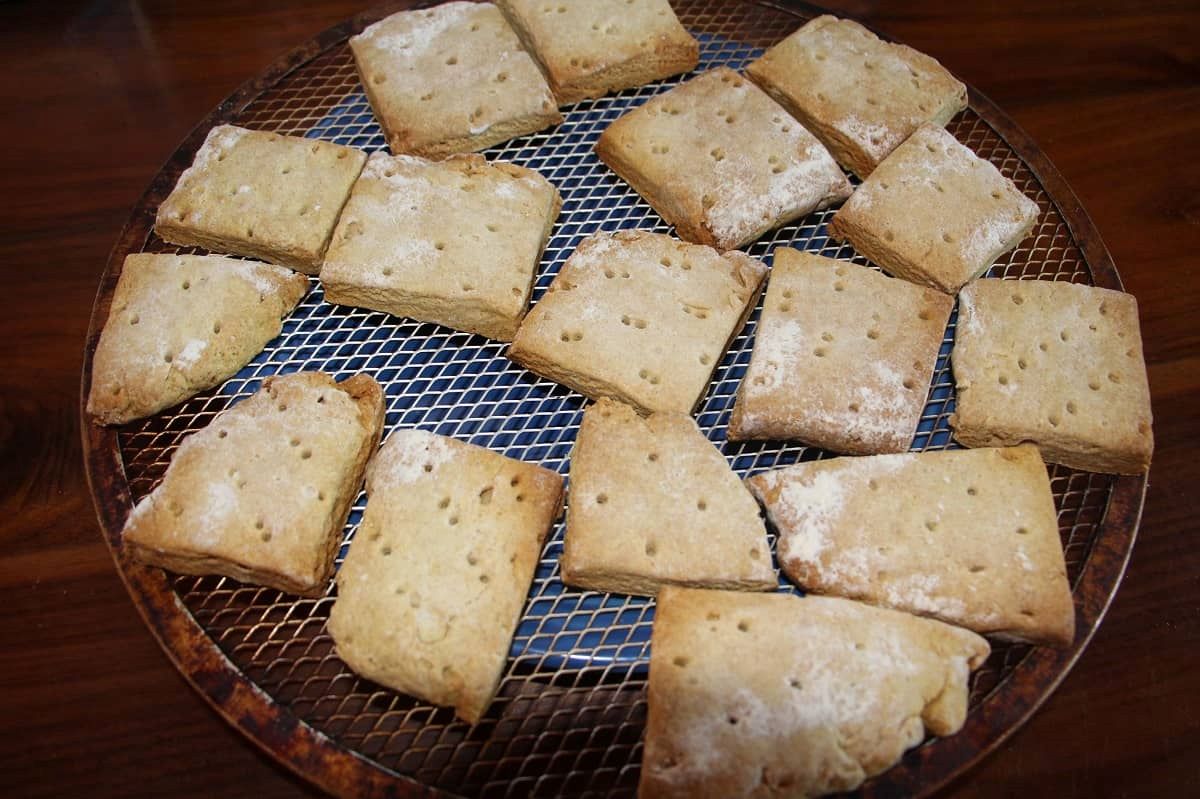
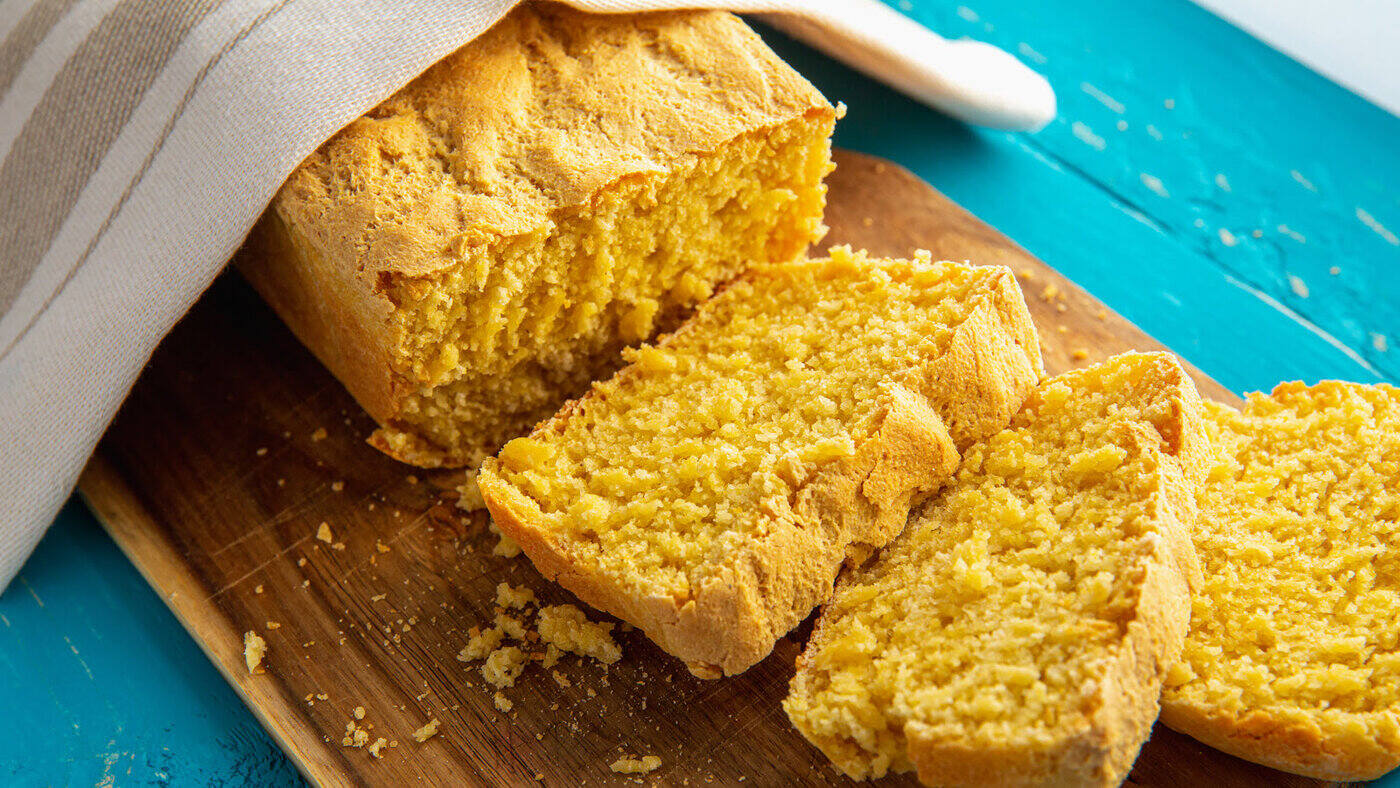


0 thoughts on “How To Store Store-Bought Bread”